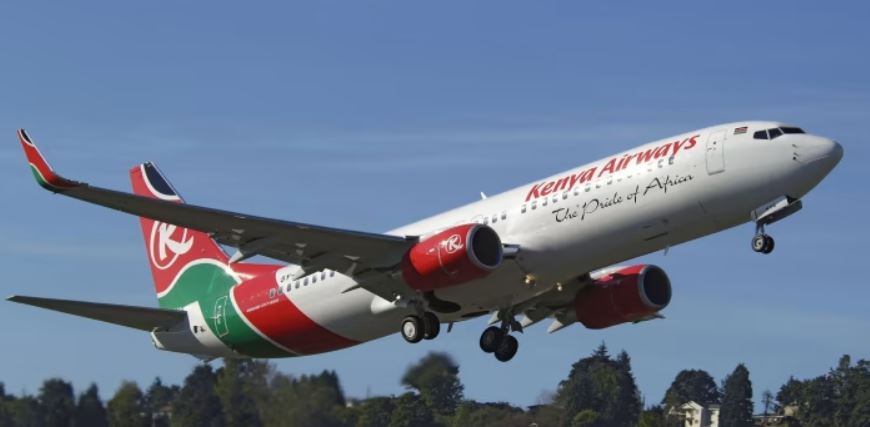 Nairobi governor Johnson Sakaja said the heavy flooding witnessed in the city after Sunday’s downpour was beyond his administration’s capacity.
Nairobi governor Johnson Sakaja said the heavy flooding witnessed in the city after Sunday’s downpour was beyond his administration’s capacity.
During an interview with Radio Jambo, Sakaja explained that the rain overwhelmed the city’s sewer and drainage systems.
He pointed out that complaints about the city’s poor drainage system were unjustified since the Nairobi Expressway also flooded, despite having a cleaner drainage system.
“People said the drainage is bad. But the Expressway flooded yet there is no dumping there; there is no construction on riparian land on the road. It was just a heavy downpour,” Sakaja said.
The former Nairobi Senator lamented that the infrastructure needed to contain the rain experienced on Sunday would be expensive. Sakaja stated that his administration’s priorities are education and healthcare.
“We would need about Sh20 billion for such infrastructure. This is money we should put in schools and hospitals,” the governor said.
I forgot my boat for the Nairobi Expressway pic.twitter.com/FDKlxUUgFo
— Larry Madowo (@LarryMadowo) March 24, 2024
Sakaja stated that he had toured the most affected areas to assess the situation.
At least seven people reportedly died following the downpour, which caused extensive destruction. Among the deceased was an on-duty police officer.
Nairobi Regional Commander Adamson Bungei said the officer was en route to rescue four people trapped in a stall at the Country Bus Station when the floods swept him away. As of Tuesday, his body had not been recovered.
“I have gone to the estates; the most affected areas are places next to rivers. Ngong River burst its banks and caused flooding in the Industrial Area and Mukuru kwa Ruben,” Sakaja said.
Sakaja stated that the county has deployed technical staff to unclog sewers and drainage systems in various parts of Nairobi affected by the flooding.
He mentioned that the County Disaster Management team has mapped out the most affected regions to monitor the situation.
Sakaja identified hotspot areas including Kangemi, Mukuru kwa Rueben and Njenga, Kware, Kamukunji, Kayole, Viwandani, and the Njiru area.
“In industrial areas, there is a construction that blocked the drainage. We have asked the contractor to go back and fix the problem,” he said.
“We have 2,500 people who have been unclogging the drainages for a while now. They are doing a good job. The situation would have been very bad were it not for the work they have done.”








